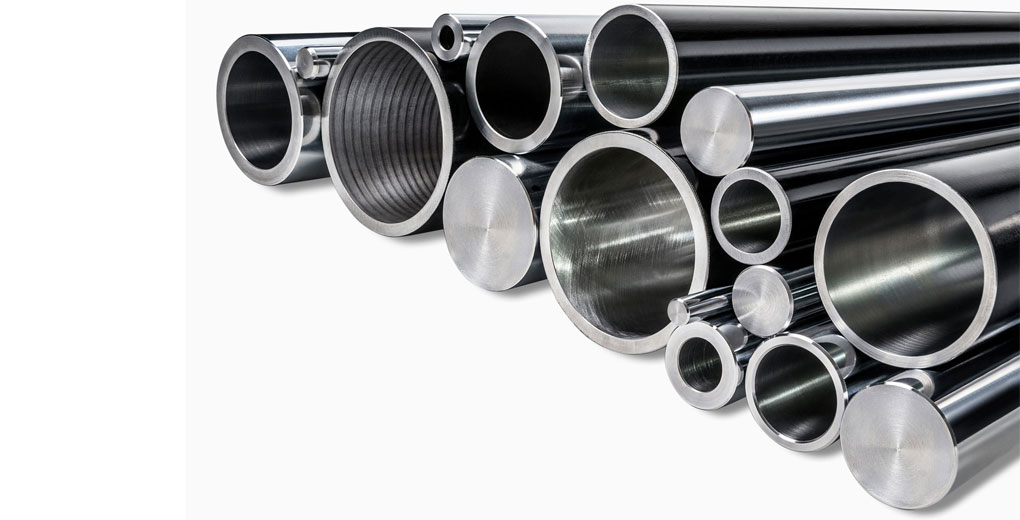

The primary distinction between ERW steel pipe and seamless steel pipe is the presence of a weld seam, which is critical to the quality of ERW steel pipe. Due to the unrelenting efforts of many years in the world, particularly in the United States, the production technology and equipment of modern ERW steel pipes have achieved relatively satisfactory results.
Some people divide ERW steel pipe seamlessness into geometric and physical seamlessness. Geometric seamless eliminates internal and external burrs in ERW steel pipes. Because of the continuous improvement and improvement of the structure of internal burr removal systems and cutters, the removal of internal burrs in large and medium-diameter steel pipes is better handled. Internal burrs can be set between -0.2mm and 0.5mm.
Physically seamless means that there is a difference between the metallographic structure inside the weld and the base metal, resulting in a reduction in the mechanical properties of the weld area, necessitating uniform measurements. The high-frequency welding heat treatment of ERW steel pipes produces a temperature distribution gradient near the tube blank's edge, resulting in the formation of distinct areas such as the melting zone, semi-melting zone, superheated structure, normalizing zone, incomplete normalizing zone, and tempering zone. Because the welding temperature exceeds 1000°C, the microstructure of the superheated zone exhibits austenite grain growth, and under cooling conditions, a hard and brittle coarse-grained phase forms. Furthermore, the presence of temperature gradients can result in welding stress. As a result, the resulting weld zone has lower mechanical properties than the base material. Physical seamlessness is achieved by heating the weld area to AC3 using a medium-frequency induction heating unit during the traditional local heat treatment process of the weld. (927°C), then air cooling at a length of 60 m and a speed of 20 m/min, followed by water cooling if necessary. This method achieves the goals of stress relief, softening and refining the structure, and improving the overall mechanical properties of the welding heat-affected zone. So far, the world's advanced ERW devices have used this method to process welds with good results. In addition to failing to identify welds, high-quality ERW steel pipes have a weld coefficient of one, which matches the structure of the weld zone to the base metal.
Because ERW steel pipe is made of hot-rolled coil, the wall thickness can be controlled uniformly at about 0.2mm. The slope is repaired, and the fixed length is delivered if both ends of the steel pipe meet the American APl standard or the GB/T9711.1 standard. ERW steel pipes have been widely adopted as the primary steel pipes for urban pipeline networks by various natural gas pipeline network projects and natural gas companies in recent years.